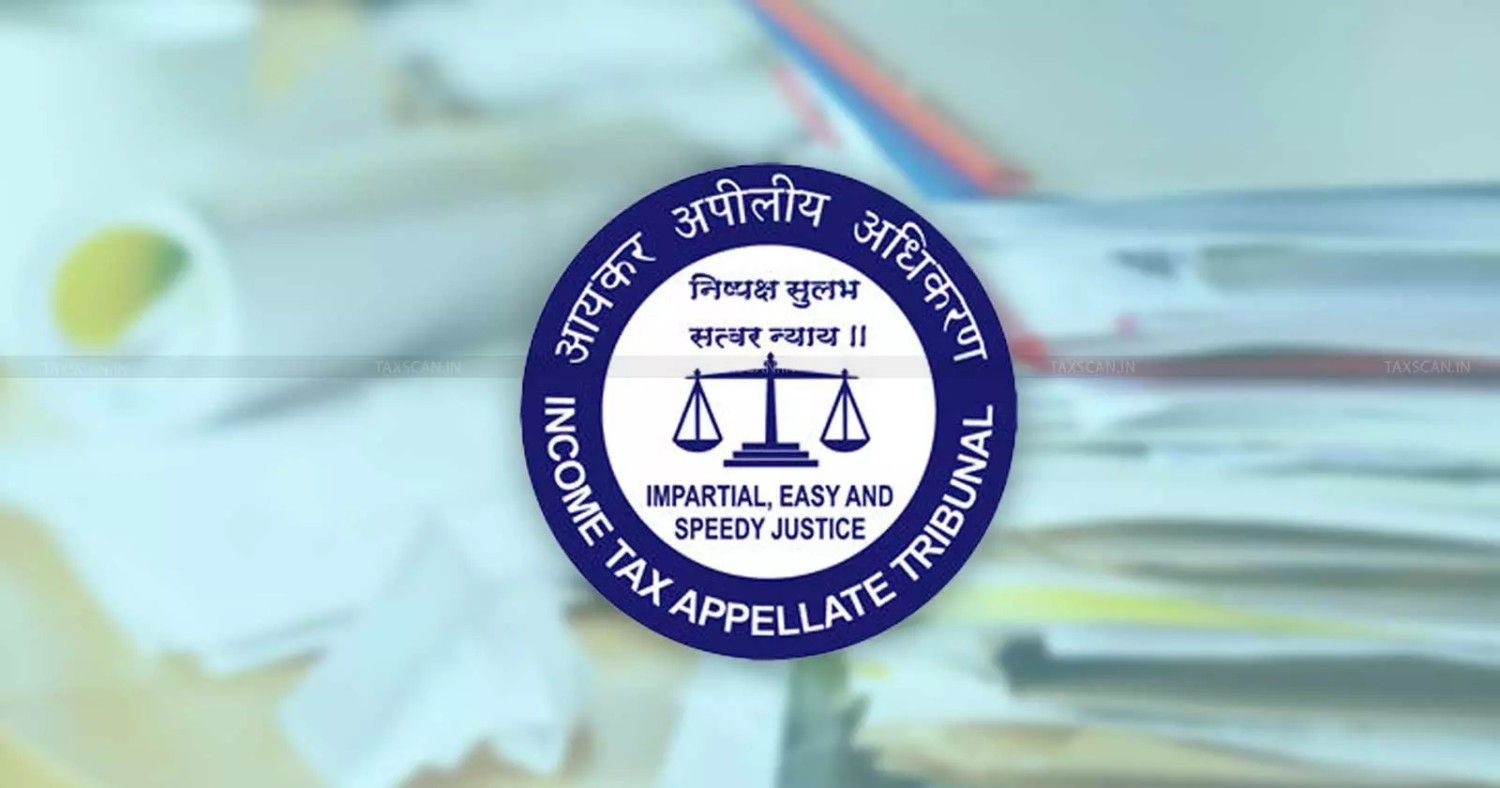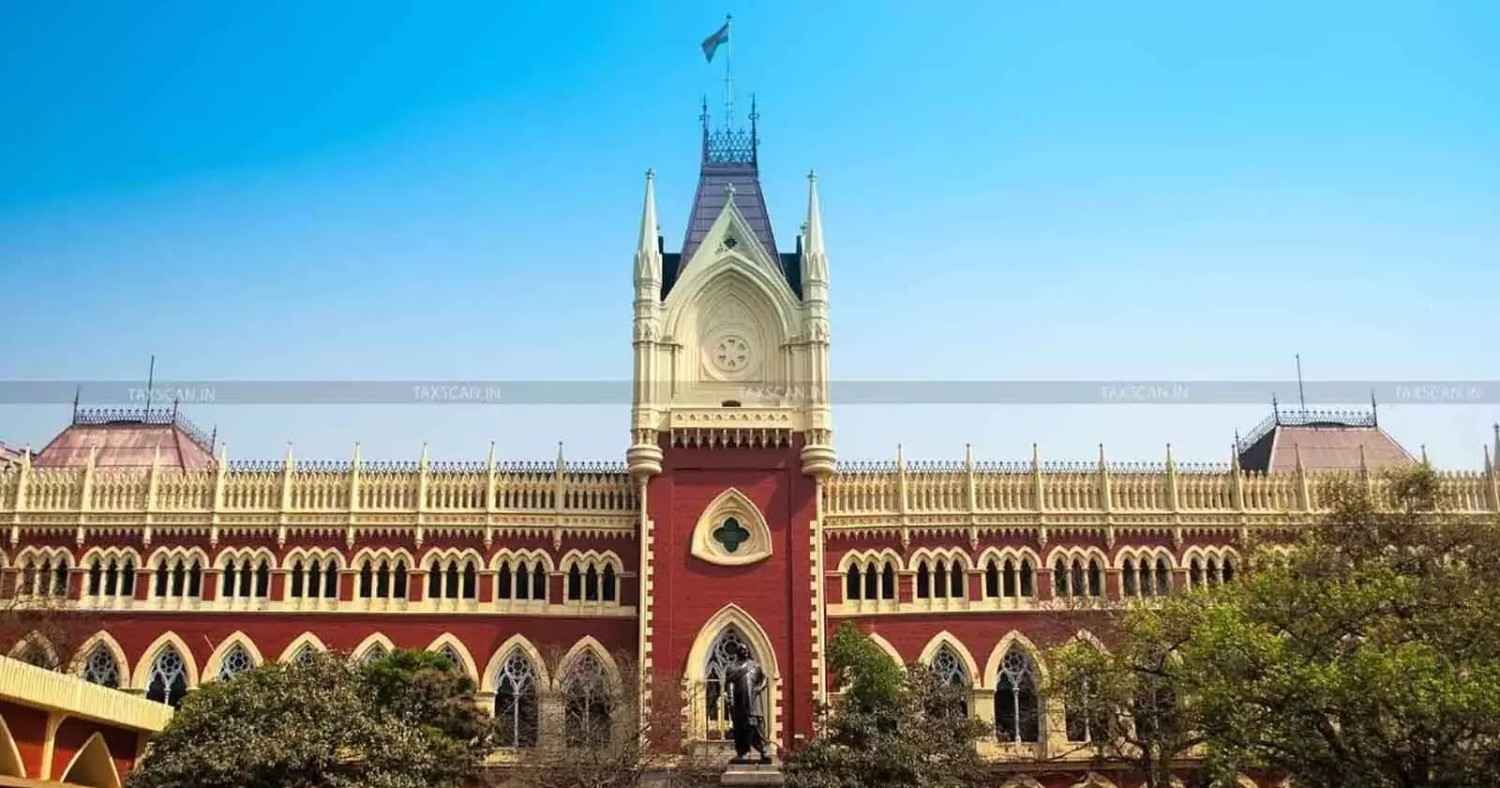Boundary Wall & Land-Filling Costs allowed as Genuine Devt. Expenses: ITAT Partly allows LTCG Claim [Read Order]
The Tribunal directed the AO to recompute the Long Term Capital Gain by allowing the indexed development costs for the boundary wall and Mitti Bharai, but disallowed the security guard expenses and thus reduced the addition. The appeal of the assessee was partly allowed.

LTCG - taxscan
LTCG - taxscan
The Jaipur Bench of the Income Tax Appellate Tribunal ( ITAT ) confirmed that the development costs related to the construction of a boundary wall and Mitti Bharai (land filling) were allowable as they were not disputed by the revenue authorities and partly allowed long term capital gain (LTCG)
Kiran Yadav (assessee) dispute arose during reassessment proceedings initiated under Section 147/148 of the Income Tax Act, 1961, following the sale of an immovable property for which the stamp duty valuation was ₹19,31,391.
The assessee originally filed a return declaring an LTCG of ₹2,67,280. Subsequently, when the provisions of Section50C (where stamp duty valuation is taken as sale consideration) were brought to assessee notice and then the assessee filed a revised computation, adopting the sale consideration at ₹19,31,391
 Also Read:Taxpayer Provided Only Informal Assistance to Relatives and Lacked Clear Ownership: ITAT Deletes from profits of Alleged firms [Read Order]
Also Read:Taxpayer Provided Only Informal Assistance to Relatives and Lacked Clear Ownership: ITAT Deletes from profits of Alleged firms [Read Order]
The assessee claimed enhanced indexed development costs for the boundary wall and Mitti Bharai, along with new indexed expenses for a security guard, resulting in a revised LTCG of ₹3,67,862.
The Assessing Officer (AO) disallowed all claimed development costs and security guard expenses, calculating the LTCG at ₹17,24,767 based only on the indexed cost of acquisition for the land.
Complete Blueprint for Preparing Project Reports, click here
Aggrieved by the AO’s order, the assessee filed an appeal before the Commissioner of Income Tax (Appeals) [CIT(A)]. The CIT(A) upheld the disallowance and stated that the assessee failed to provide details like mode of payment and bank withdrawals to prove the genuineness of the expenses.
The CIT(A) questioned why the figures were not used in the original computation. Aggrieved by the CIT(A)’s order, the assessee filed an appeal before the ITAT.
The two-member bench, comprising Dr. S. Seethalakshmi (Judicial Member) and Rathod Kamlesh Jayantbhai (Accountant Member) noted that the assessee had submitted 31 supporting vouchers and confirmations for the expenses related to the boundary wall and Mitti Bharai.
The tribunal observed that these documents were not disputed by the revenue authorities. The bench held that constructing a boundary wall and Mitti Bharai was a reasonable cause to cover and improve a piece of land, and the expenditure incurred, supported by evidence, could not be denied.
The Tribunal did not concur with the claim for security guard expenses, observing that there was "no need to deploy the guard on barren land". These expenses, and their indexation, were ultimately disallowed.
 Also Read:Deputationist Has No Right to Insist on Full Tenure: Calcutta HC upholds Repatriation order against Senior Private Secretary of ITAT [Read Order]
Also Read:Deputationist Has No Right to Insist on Full Tenure: Calcutta HC upholds Repatriation order against Senior Private Secretary of ITAT [Read Order]
The Tribunal directed the AO to recompute the Long Term Capital Gain by allowing the indexed development costs for the boundary wall and Mitti Bharai, but disallowed the security guard expenses and thus reduced the addition. The appeal of the assessee was partly allowed.
Support our journalism by subscribing to Taxscan premium. Follow us on Telegram for quick updates


